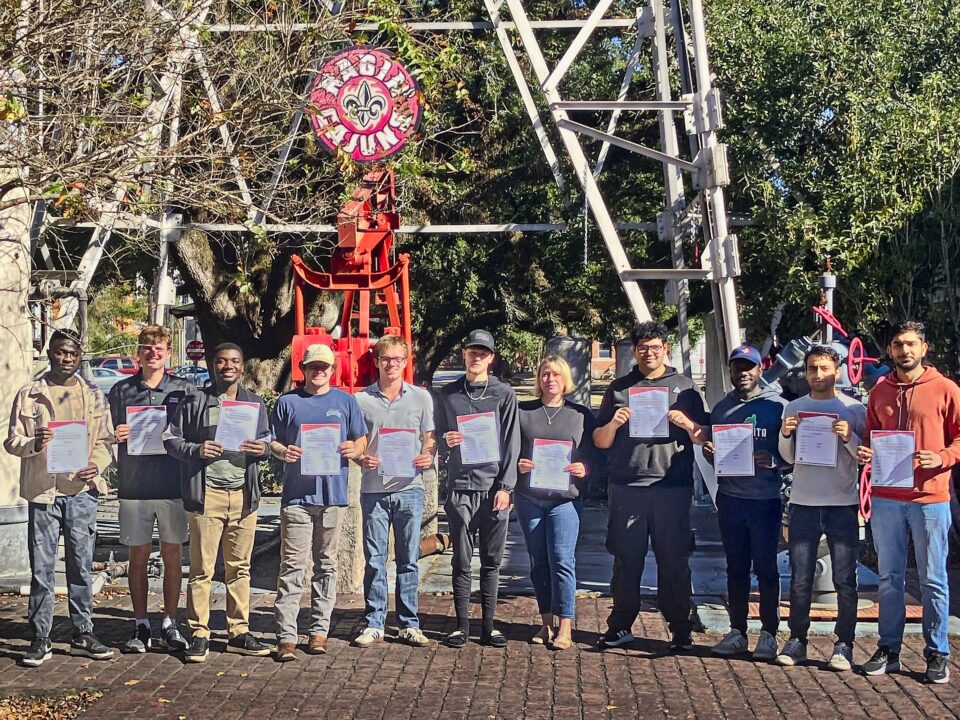Nitrogen emissions (NOx and ammonia) in the Netherlands are among the highest in the EU, not least because of the country’s dense population with both very high industrial and very high agricultural production. As is the case in other countries, a ceiling is in place in the Netherlands for the allowable level of emissions.
For years, this level had been exceeded in several areas. However, in 2015 a policy was introduced, which in effect legalized this practice by making it possible to grant permits for projects that would be emitting nitrogen now, but which carried expectations for future savings. In this way, the overall emission quantity would be reduced. An example could be the construction of an emission-free building, which would have high emissions in the construction phase and no emissions later.
However, in 2019 the Dutch Council of State ruled that this policy represents a violation of the European Habitat Directive on the grounds that the predicted future savings are highly uncertain. As a result, the Dutch government is searching for solutions to drastically reduce nitrogen emissions. This has caused the introduction of lower speed limits on motorways, it has led to initiatives in the agricultural sector, it has caused delays of permits in the construction sector, and it has caused similar delays in the oil and gas sector. At present, operators estimate that more than 30 projects in our sector have been halted or are at risk of being halted.
The Dutch oil and gas trade organisation, NOGEPA, has made a significant effort to argue the industry’s case. In this regard, they have reached out to the industry, including a number of IADC member companies, in an attempt to map out initiatives already in place. The drilling contractors in turn involved IADC to help consolidate information from our industry regarding existing initiatives and new ideas which would help curb nitrogen emissions. This consolidated overview is now being used by NOGEPA in their advocacy efforts.




